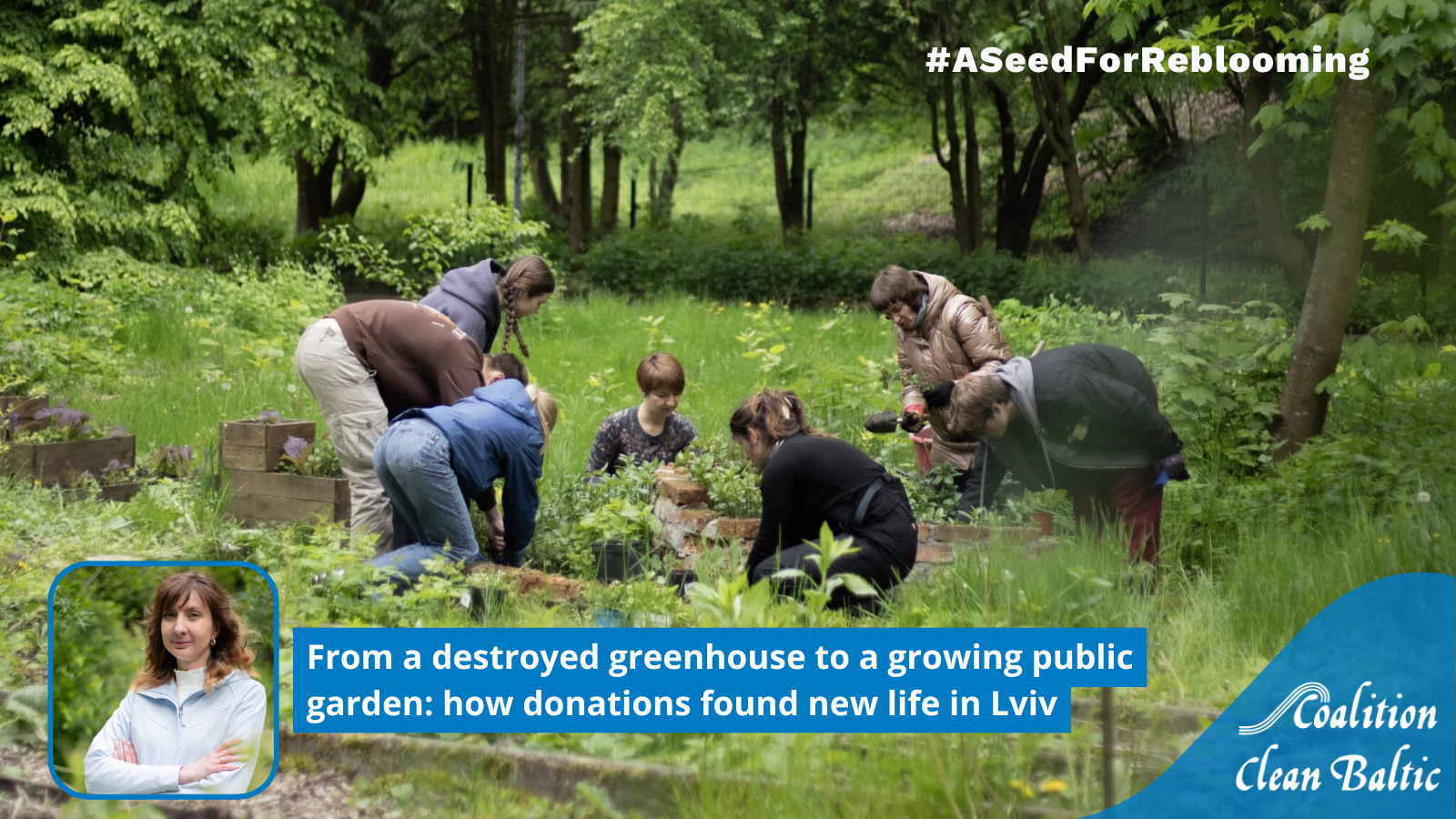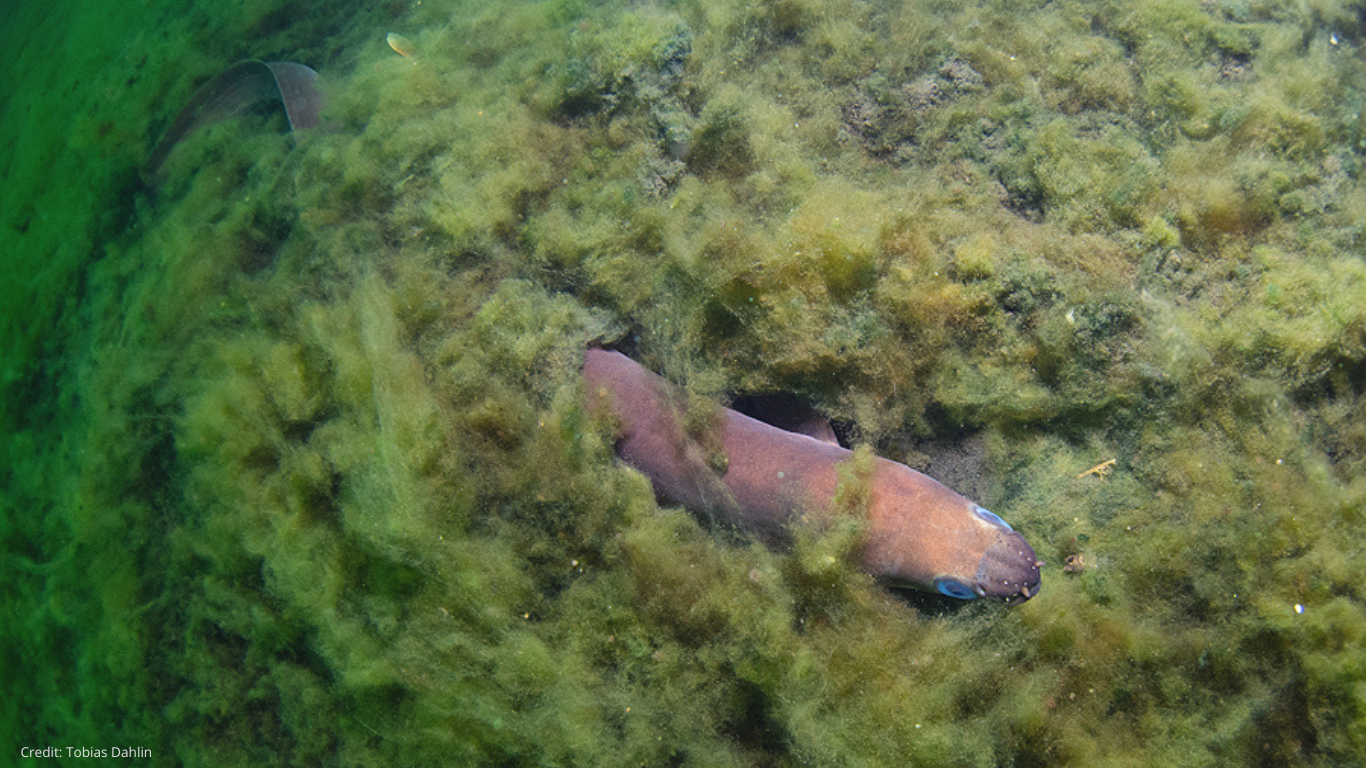Does the European Green Deal in agriculture stop nutrient leaching and limit the eutrophication of the Baltic Sea?
by Maria Staniszewska
The European Commission, taking into account the huge negative impact of current agricultural practices on the environment, has prepared two strategies: the From Farm to Fork Strategy and the Biodiversity Strategy. The EC proposed: reducing the use of chemical pesticides on crops and antibiotics in farming by half, reducing the use of fertilizers in farming by 20%, allocating at least 25% of agricultural land to organic farming, and separating 10% of the land from the total agricultural area on each farm and leaving it uncultivated, creating areas of high biodiversity, such as mid-field trees or buffer strips. These strategies were to be implemented under the CAP over the next 10 years.
The idea was to direct a significantly larger stream of money to those farmers who would implement specific and significant measures to support and regenerate nature, and to reduce the benefits that go to those whose farming practices are harmful to the environment. This means that direct payments were to be linked to the fulfilment of environmental goals called GAEC – Good agricultural and environmental conditions. EC prepared 10 GAEC and amongst them, the three following were newly added:
- Protection of wetlands and peatlands (GAEC 2),
- Mandatory use of the nutrient sustainability tool (GAEC 5),
- Crop rotation instead of crop diversification (GAEC 8).
Each of these three measures is very important for improving the ecological status of Baltic Sea and for reducing the leakage of nutrients.
Unfortunately, after a series of voting sessions two weeks ago , the European Parliament has actually dismantled this concept. The three main factions in the EP: the European People’s Party, Socialists and Democrats and Renew Europe took a much weakened form of the reform and then voted it as a single package, without the possibility of discussing and voting on individual issues.
The most important issue was “enhanced conditionality” where 60% of direct payments depended on the fulfilment of environmental conditions specified in 10 GAEC. The problem is that during the work in the EP, several of these conditions were relaxed and one was even fully removed.
First of the conditions relaxed was the principle (GAEC 9) which stated that the farmer is to dedicate 10% of his farmland for the protection of the environment by “giving it to the wilderness” and thus not utilizing it for agriculture. The EP limited this area to 5%, with the possibility of using this area for nitrogen-fixing crops or for catch crops. The last 7 years proved that this solution does not help biodiversity.
The other condition affected was GAEC 2 – The provisions reduced the protection of swamps and wetlands, i.e. ecosystems that absorb carbon dioxide as well as nutrients, and the ban on plowing permanent grasslands in Natura 2000 protected areas was lifted.
Finally, GAEC 5, which mandated the use of the practically tool limited nutrient leaching, has been completely removed from the requirements.
Unfortunately, it seems that the last 3 years that numerous institutions and organizations have devoted to preparing the reform have been largely wasted. Furthermore, it seems that under the new CAP there is no chance of stopping the eutrophication in the Baltic Sea.

